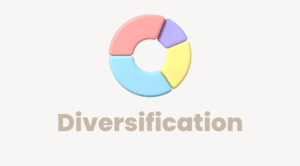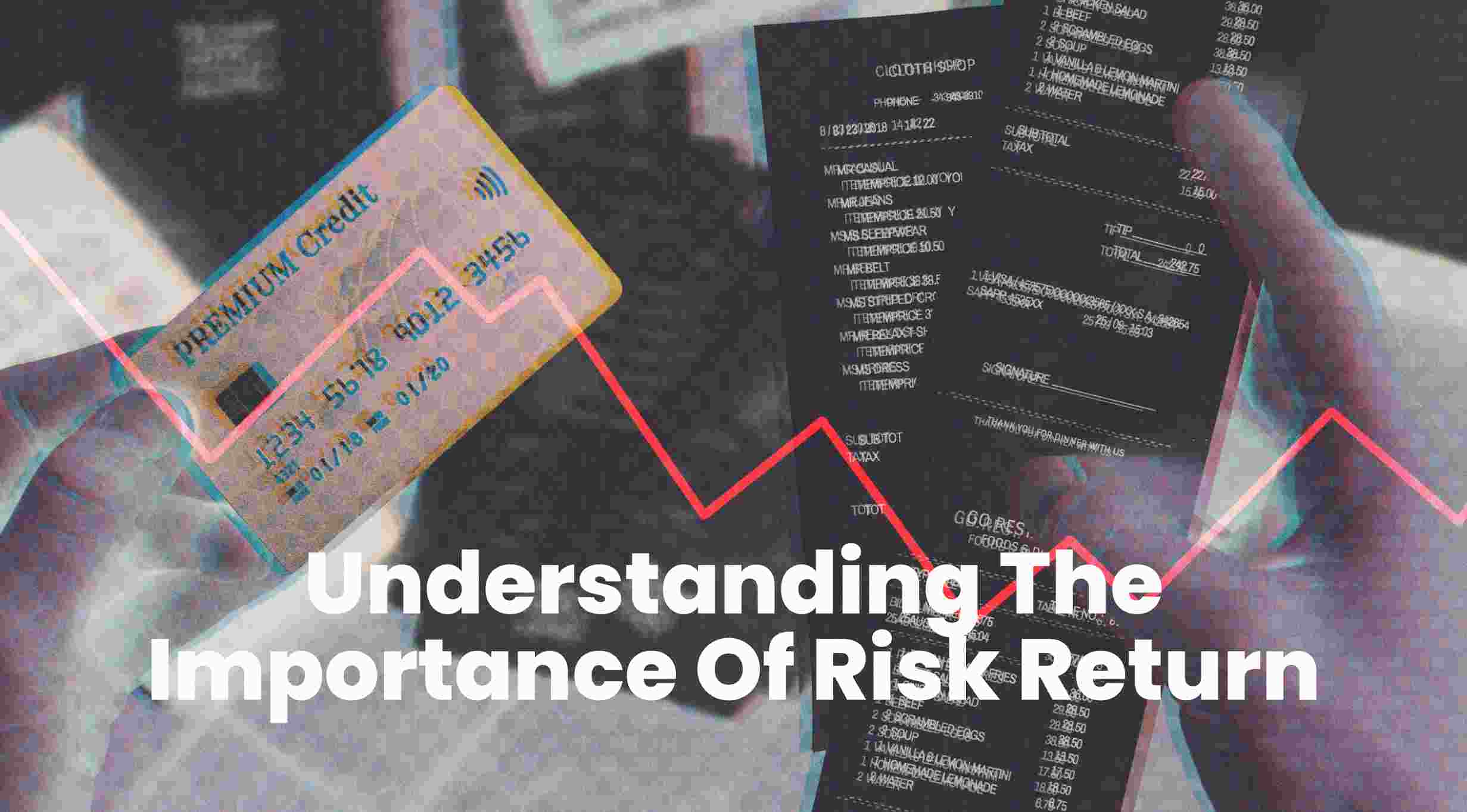In the rapidly changing world of financial markets, a significant trend is emerging: even traditionally risk-averse investors are increasingly venturing into equity markets. The evolving understanding of risk and return dynamics is transforming investor behaviour, encouraging more individuals to consider equity and index schemes as viable investment options.
Risk aversion in finance
Risk aversion is a core concept in finance, describing investors who prioritize certainty and stability over the potential for higher returns accompanied by greater uncertainty. Risk-averse investors typically focus on capital preservation and often prefer low-risk investment options like fixed deposits or government bonds.
How does age influence risk tolerance?
An investor’s age plays a crucial role in determining their risk tolerance. Younger investors, with a longer investment horizon, are generally more willing to accept higher levels of risk. They have more time to recover from potential market downturns and can benefit from the power of compounding over the long term.
As individuals progress through different life stages, their financial goals and risk tolerance evolve. Middle-aged investors tend to adopt a more balanced approach, seeking a mix of growth and stability in their portfolios. In contrast, those nearing retirement often prioritize capital preservation, focusing on conservative investments to protect their accumulated wealth.
Why equity and index schemes appeal to risk-averse investors?
In recent years, there has been a notable increase in mutual fund investments, particularly in equity and index schemes. This shift reflects a move away from traditional investments like bank deposits, as investors become more discerning about their choices. They recognize the need for a diversified portfolio that balances risk and return.
Equity and index schemes have gained popularity due to their potential for higher returns compared to conventional savings products. This trend highlights a broader transformation in investor attitudes, driven by increased awareness of investment alternatives and a willingness to take calculated risks.
Approaches for risk-averse investors in equity markets
For risk-averse investors venturing into equity markets, several investment strategies can help balance the desire for returns with the need for stability. One approach is to use Systematic Transfer Plans (STPs), where funds are initially parked in a low-risk debt fund and then gradually transferred to an equity fund. This strategy helps mitigate market volatility and allows investors to benefit from rupee cost-averaging.
Another strategy is the use of Systematic Investment Plans (SIPs), where investors regularly invest a fixed amount in an equity fund. This approach takes advantage of market corrections over time and promotes disciplined investing and wealth accumulation.
Unit Linked Insurance Plans (ULIPs) provide the dual benefits of life insurance coverage and market-linked returns, allowing risk-averse investors to gain exposure to equity markets while securing their family's financial future.
Lastly, long-term staggered investments involve gradually shifting funds from a liquid fund to an equity mutual fund during market downturns, enabling investors to capitalize on lower prices and enhance their portfolio's value over time.
The Changing Financial Landscape
The growing trend of risk-averse investors embracing equity and index schemes marks a significant evolution in financial markets. This shift reflects a nuanced understanding of risk-return trade-offs and a growing awareness of the need for diversification. While age and life stage are crucial determinants of risk tolerance, the current climate suggests a broader movement towards a more informed and discerning investor base.
‘Invest with care and diversify; let your wealth grow and amplify.’
Also Read: Capital Market Instruments: Meaning, Types and Features



